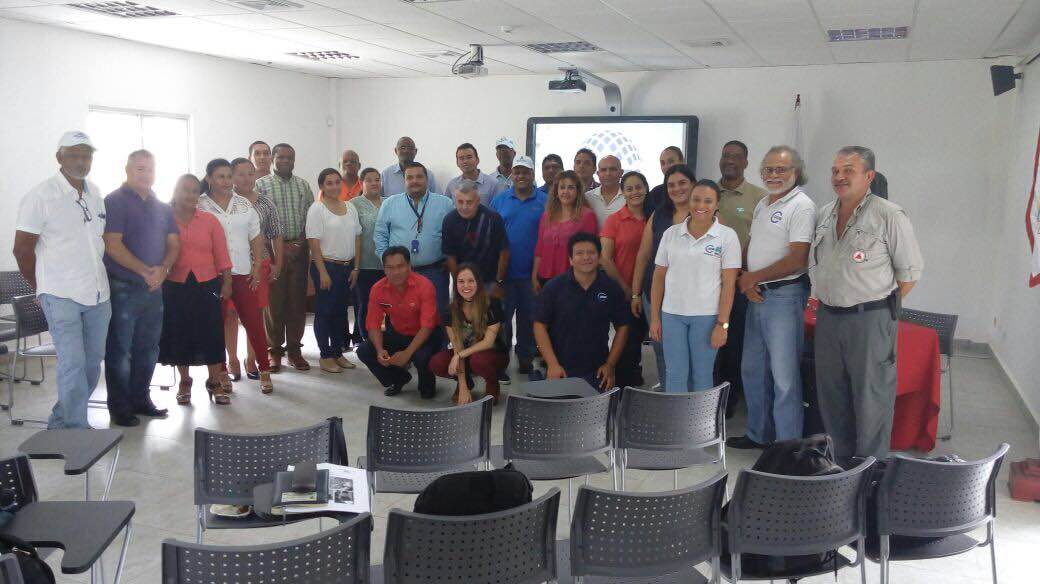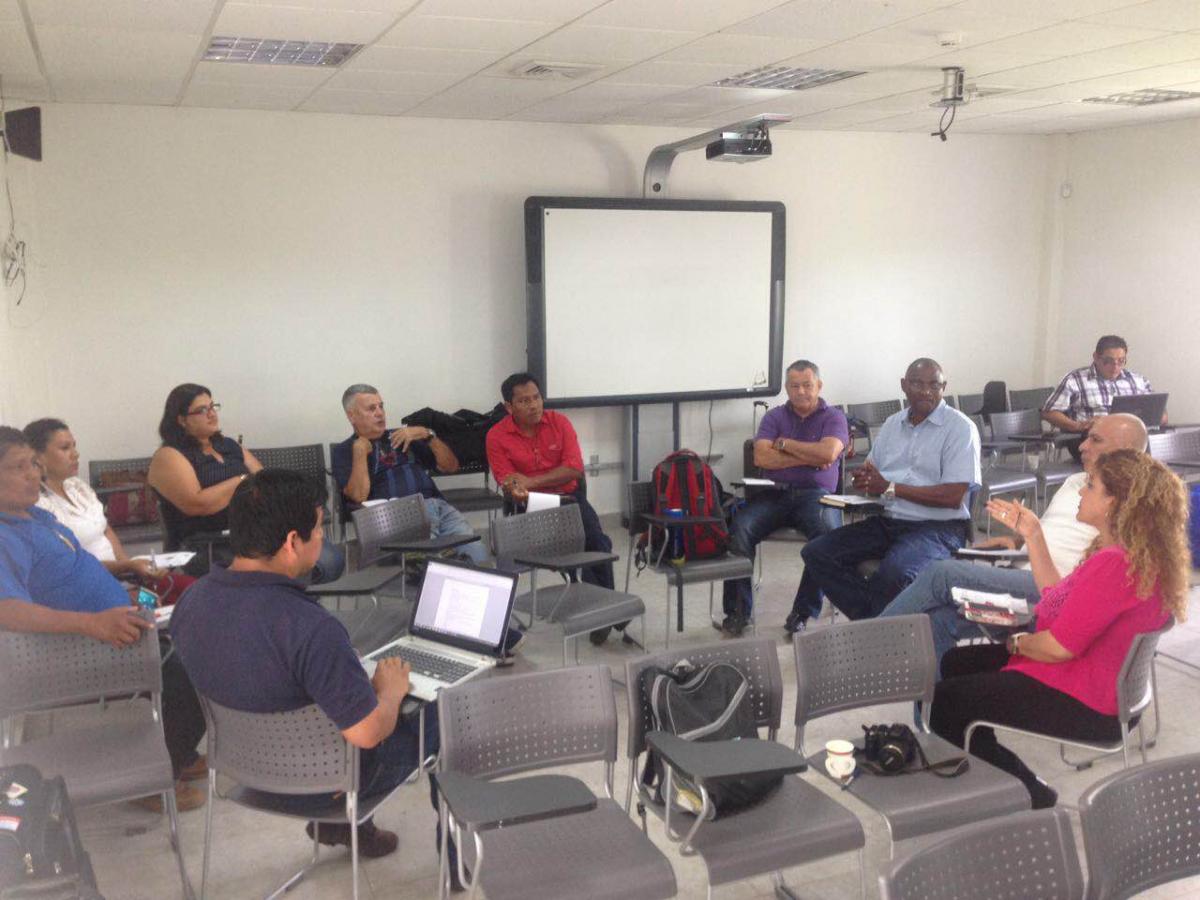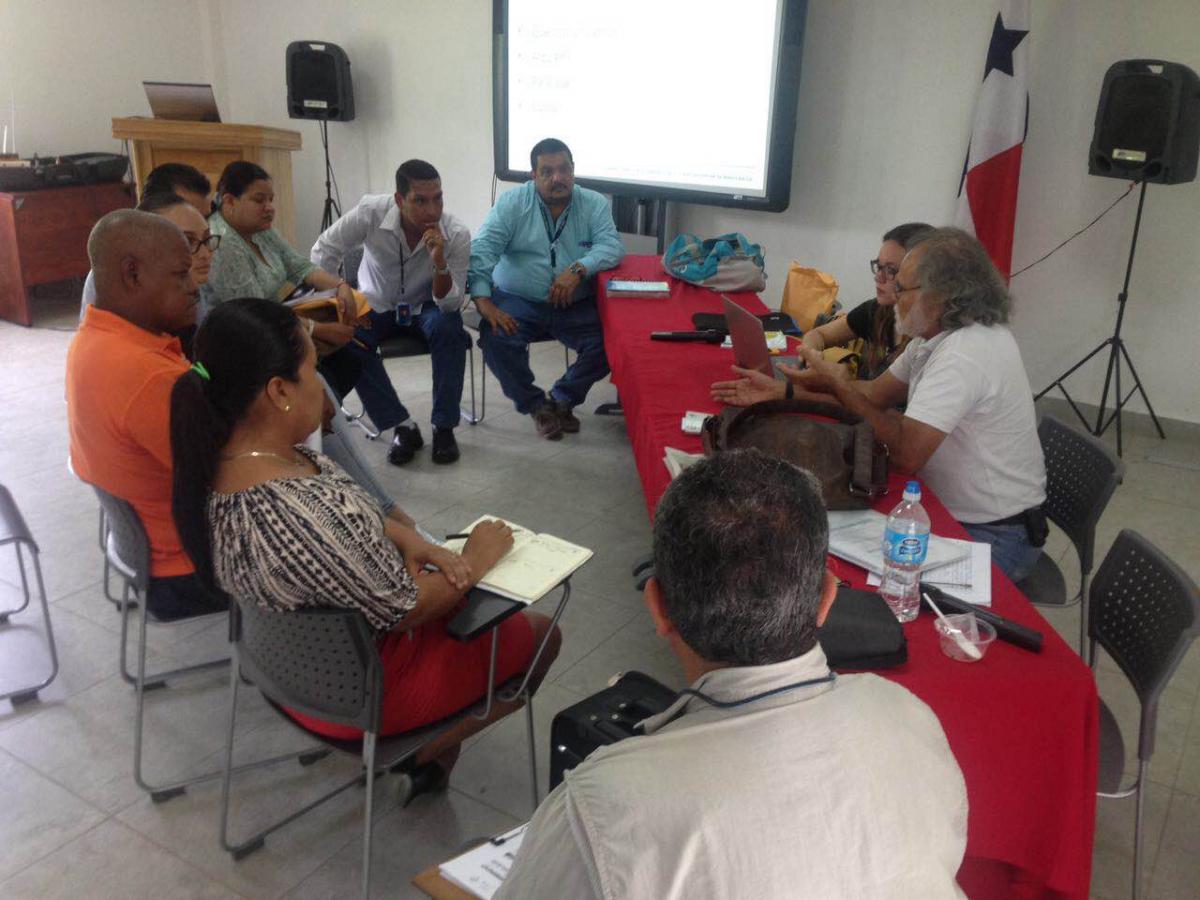The Binational Commission of the Sixaola River Basin opens path for its sustainability through teamwork
The Assembly was celebrated on October 6th and 7th 2016 at the Panama University, located in Changuinola, Panama
Representatives of the Ministries of Environment, Immigration, Agriculture, Public Works, Customs, tourism organizations, indigenous peoples representatives, associations of local development, municipalities, Civil Protection and National Emergency Commission of Costa Rica and Panama; along with the support of the International Union for Conservation of Nature (IUCN), met Changuinola (Panama), due to the Regular Meeting of the Sixaola Binational Commission (CBCRS, Spanish acronym).
Among the most important items on the agenda, there was the incorporation of the Municipality of Bocas del Toro (Panama) as a member with voice and vote within the CBCRS, to reach a total of 35 active members. Also the Assembly voted to clarify the election process and the subsequent appointment of the Sub-coordinator, Marlon Moreno, representative of the Ministry of Economy and Finance of Panama was elected.
The Assembly approved the Strategic Development Plan for the Sixaola River Basin (transboundary territory of the municipalities of Talamanca, Changuinola and Bocas Del Toro); it is a product of participatory sessions developed with the support of IUCN and Central American Strategy for Rural Development. Participants were also updated on the construction of the binational bridge over the Sixaola River; it is expected that by January 2017, the construction phase of the new bridge begins, in order to start operations from December 2017 and January 2018.
During the last day, participants discussed in working groups about communications, training and sustainability issues of the Binational Commission. At the closure, participants recognized the importance of using all possible media to publicize the work of the Binational Commission, both between different governmental and non-governmental bodies, as well as with communities. Furthermore, the importance of long-term sustainability of the Commission and that this requires that all members are involved and know the different processes and tasks being carried out. The sustainability of the Commission will depend largely on the incorporation of its work in the strategic plans of each of the institutions and organizations that are part of it.






